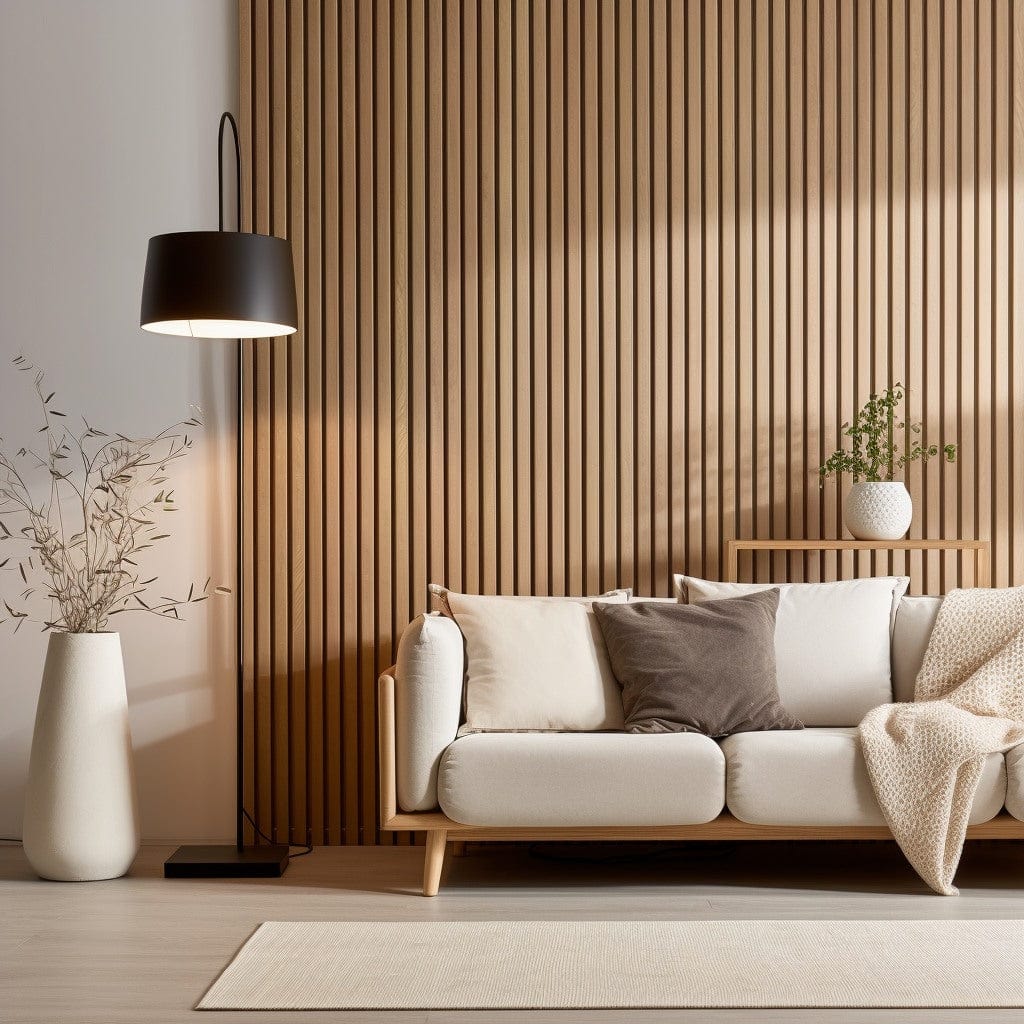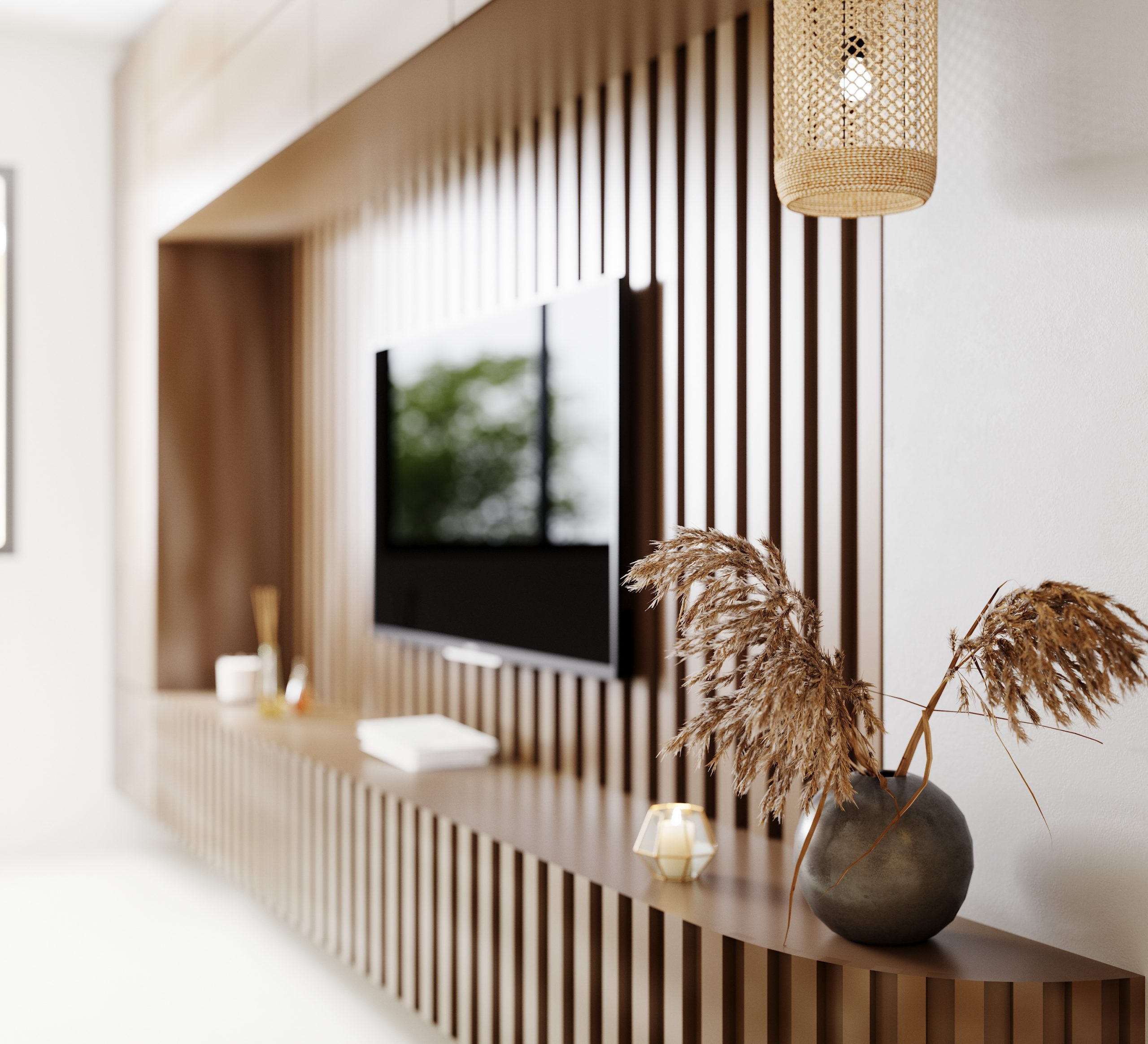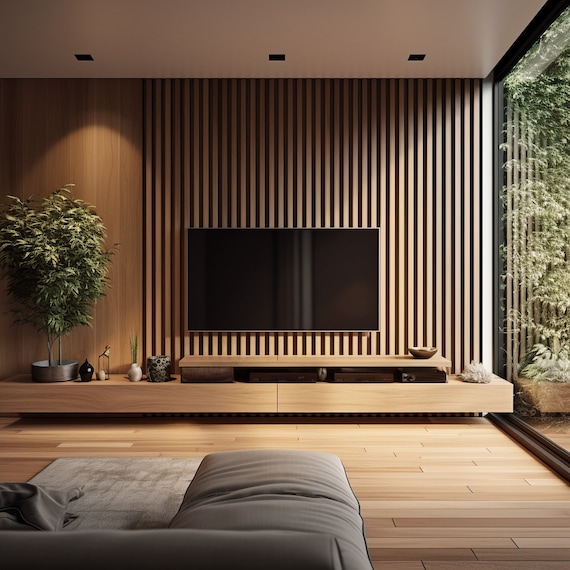Decorative wood panels for walls have become increasingly popular in interior design, offering a unique way to enhance the aesthetic appeal of any room. Whether you’re looking to create a rustic ambiance, a modern look, or something entirely unique, wood panels can transform your space in ways you may not have imagined.
Understanding Decorative Wood Panels
Before diving into the styles and benefits, let’s define what decorative wood panels are. They are essentially sheets of wood or wood-based materials that can be used to cover walls, providing not only visual interest but also texture and warmth.
Types of Decorative Wood Panels
There are several types of decorative wood panels available in the market today:
- Solid Wood Panels: Made from natural hardwood, they provide durability and authenticity.
- Engineered Wood Panels: Composed of wood fibers bonded together, these panels are more cost-effective and stable compared to solid wood.
- Wood Veneer Panels: Thin slices of wood glued onto a core panel, offering the look of solid wood without the hefty price tag.
- Reclaimed Wood Panels: Sourced from old buildings, they bring character and uniqueness to any space.
Comparison of Different Types of Wood Panels
| Type of Panel | Durability | Cost | Environmental Impact |
|---|---|---|---|
| Solid Wood | Very High | High | Moderate |
| Engineered Wood | High | Moderate | Low |
| Wood Veneer | Moderate | Low | Low |
| Reclaimed Wood | High | Variable | Very Low |

Benefits of Using Decorative Wood Panels
Why should you consider decorative wood panels for your walls? Here are several compelling reasons:
1. Aesthetic Appeal
Wood panels add depth, warmth, and texture to your rooms, making them visually appealing.
2. Versatility
A variety of finishes, colors, and styles means they can fit any design preference, from rustic to ultra-modern.
3. Insulation Properties
Wood acts as a natural insulator, which can help maintain room temperature and reduce energy bills.
4. Easy Maintenance
Regular dusting and occasional polishing can keep wood panels looking brand new.
Installation of Decorative Wood Panels
Installing decorative wood panels can be a rewarding DIY project or a task better left to professionals. Here’s a general overview of the installation process.
Materials Required
- Wood panels
- Measuring tape
- Level
- Adhesive or nails
- Saw (if trimming is necessary)
- Sandpaper and finish (optional)
Step-by-Step Installation Guide
1. Measure Your Walls
Accurate measurements will help you determine how many panels you’ll need.

2. Prepare the Surface
Ensure your walls are clean and smooth. You may need to paint or sand them down for better adhesion.
3. Cut the Panels (If Needed)
Use a saw to cut the panels to size based on your measurements.

4. Attach the Panels
Using adhesive or nails, secure the panels onto the wall, ensuring they’re level.
5. Finishing Touches
Sand any rough edges and apply a finish if desired to protect the wood.

Choosing the Right Decorative Wood Panels for Your Space
Picking the right wood panels involves considering several factors:

Style and Aesthetics
What look are you trying to achieve? For a modern look, consider sleek designs with minimal grain. For a rustic vibe, reclaimed wood panels offer character.
Room Functionality
Think about the room’s purpose. In high-traffic areas, more durable options like engineered wood are preferable.

Maintenance Requirements
Some wood finishes require more upkeep than others. If you lead a busy life, consider low-maintenance options.
Pros and Cons of Decorative Wood Panels

Pros
- Enhances aesthetic appeal
- Offers insulation and soundproofing properties
- Wide variety of styles and finishes
- Can increase property value
Cons
- Higher upfront cost compared to paint or wallpaper
- Can require maintenance depending on the type
- Not suitable for all climates (i.e., high moisture areas)
Personal Experience: My Journey with Decorative Wood Panels
When I first considered adding decorative wood panels to my living room, I was both excited and overwhelmed. I spent weeks researching types and styles, eventually deciding on reclaimed wood panels. The decision was driven by both aesthetics and a desire for sustainability.
After installation, I was thrilled. The rich textures and warm tones transformed my space into a cozy haven. I’ve even received compliments from friends and family. If you’re considering it, I highly recommend taking the plunge!
Frequently Asked Questions (FAQs)
1. Are decorative wood panels expensive?
The cost of decorative wood panels varies greatly depending on the type of wood and thickness. Solid wood panels tend to be more expensive, while engineered wood and veneers are more budget-friendly.
2. Can I install decorative wood panels myself?
Yes, many homeowners choose to install decorative wood panels themselves. However, if you’re not comfortable with DIY projects, hiring a professional can ensure a polished finish.
3. How do I maintain decorative wood panels?
Regular dusting and periodic polishing with appropriate wood cleaners can help maintain their appearance. It’s important to avoid excessive moisture which can warp the wood.
4. Can decorative wood panels be used in bathrooms?
While some wood panels can be used in bathrooms, it’s vital to choose moisture-resistant options and ensure proper ventilation to prevent damage.
5. What are the best wood panels for soundproofing?
Engineered wood panels and thicker solid wood panels tend to provide better sound-dampening qualities compared to veneer options.